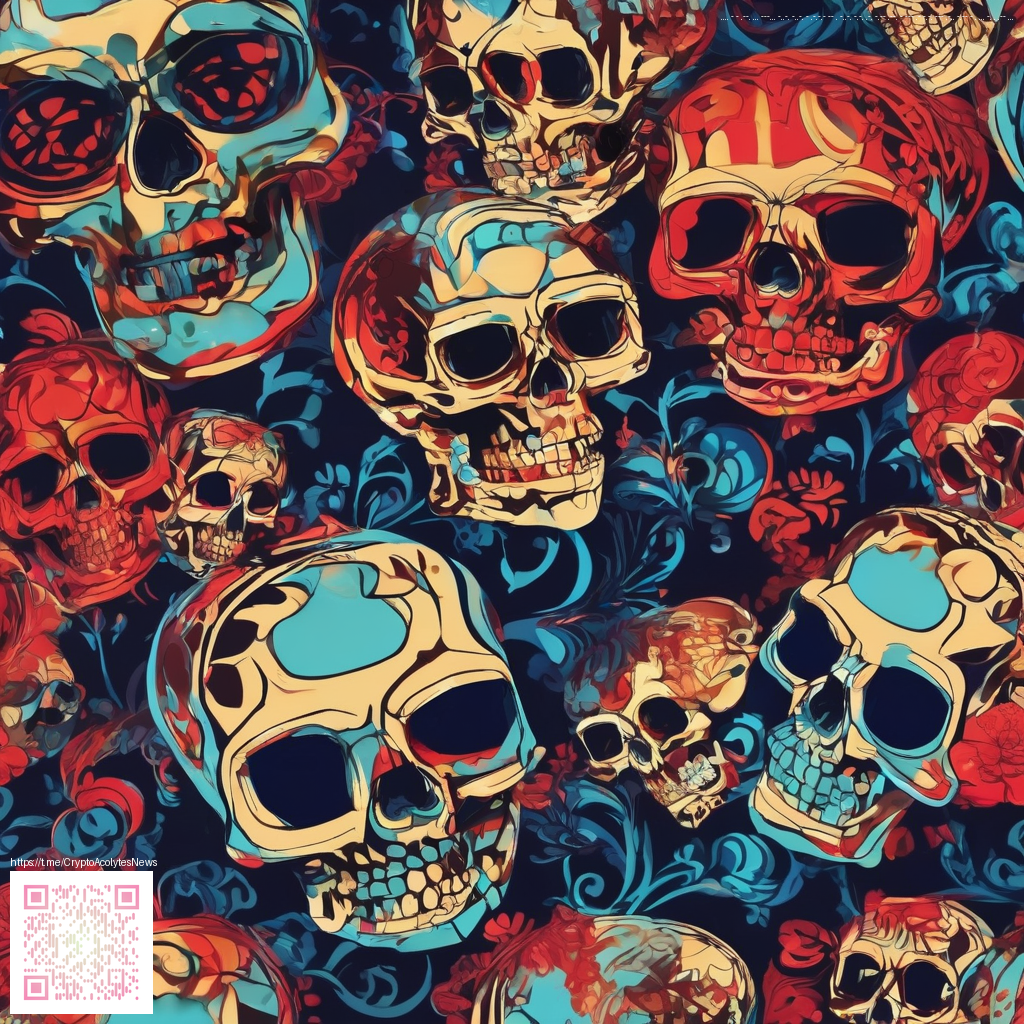
Smart Ways to Use Dark Oak Buttons in Forest Builds
Forest villages and woodland fortresses thrive on small details that breathe life into the terrain. The dark oak button is one of those tiny tropes that you can weave into tree trunks, curved branches, and rustic walls without overpowering the scene. In this guide we explore how to leverage the dark oak button data in vanilla Minecraft to add depth to forest builds, while staying faithful to the feel of the wood and bark textures.
Versions matter when you plan your detailing. The dark oak button is a block with flexible placement options and a straightforward redstone quirk. It can sit on floor, wall or ceiling surfaces and it faces in one of four horizontal directions when placed on a wall. When pressed it emits a short redstone pulse, making it a reliable micro detail for hidden lighting or interactive features within a cabin or treehouse. Keep in mind its wood texture and muted color pair naturally with other dark oak variations and with the greens and browns of forest biomes 🧱🌲.
Placement and facing
Placement decisions shape the rhythm of your build. For floor placements think about lining log beams or the base of a stair rail with a row of buttons. On walls the button can accent a carved plank panel or the edge of a timber frame. Ceiling placements work best to simulate canopy detailing or to suggest hidden triggers in a loft style retreat.
The facing state matters most on walls. When you place a button on a wall it aligns with the direction you click, which affects how the tiny notch reads in your texture pack or shader. Use alternating north and east facing buttons to create a subtle pattern on a barky surface or along a window frame. Because the block is transparent to light, it will not cast shadows that would disrupt your forest lighting plan but it still reads as a tactile spot when you brush against it.
Decor ideas for practical builds
Here are some practical ideas you can implement in your next forest build. Each idea uses the dark oak button as a micro detail that adds character without shouting for attention.
- Adorn a tree trunk pathway with a vertical line of buttons at chest height to mimic small branch knots.
- Place buttons along a timber fence railing to emphasize the handcraft feel of a ranger outpost.
- Embed buttons on the outer edge of a thatched roof or log cabin eave to signal a rustic mechanism for lighting or alarm bells.
- Create a mossy stone wall accent by pairing buttons with cracked stone and warped wood to suggest aged machinery
- Use the orientation of buttons on a door frame to imply a mechanical latch that is decorative rather than functional
For canopy rich builds consider a ceiling pattern where dark oak buttons run in a herringbone or staggered line, catching the light just enough to hint at a hidden lantern behind the wood. The small footprint of the button means you can fill space with texture while preserving the overall silhouette of the forest structure. The effect is subtle yet tangible, like a clutch of tiny forest glyphs that only reveal their meaning up close ⚙️.
Technical tricks and redstone potential
The dark oak button is a simple yet powerful tool for redstone aesthetics. When powered it emits a pulse that can trigger a lamp or a note block with a quick, satisfying click. Because buttons reset quickly, they are ideal for creating hidden lighting along a path or within a carved relief on a wall. A common trick is to map a sequence of buttons to line up with a row of glowstone hidden behind a bark motif. The light emerges only when a visitor presses the corresponding button, adding a playful interactive layer to your forest builds.
Be mindful of the button's lighting profile in shaders. Dark oak textures can be rich and vary with biome lighting, so test in your preferred shader pack. If you want a sharper contrast for night scenes, place your lights behind leaves and use the button to create occasional glints rather than a constant glow. The balance keeps the forest feeling alive rather than over lit 🧭.
Texture talk and modding culture
As a vanilla element, the dark oak button blends well with other wood and bark blocks. Texture lovers often combine it with spruce, jungle, or oak wood to craft layered bark patterns. Community texture packs sometimes retexture the button to emphasize grain direction or to push its silhouette against dense foliage. In modded worlds you may find alternate button shapes or animated textures, but the core advantage remains the same a small interactive piece that can anchor a larger design idea.
Designers in the community frequently experiment with button placement to tell a story about the space. A forest temple might use a grid of buttons to mark runes carved into a timber wall while a tree house uses a corridor of vertical buttons to hint at a disguised mechanism. The point is not to overwhelm the scene but to invite closer inspection and delight. Small touches like these help a build feel lived in and crafted rather than manufactured.
Concluding thoughts
Dark oak buttons are modest tools with big creative potential. They let you accent natural textures and add nearly invisible layers of detail that reward careful observation. Whether you are constructing a quiet woodland retreat or a bustling ranger outpost, these tiny blocks help your forest builds breathe. With thoughtful placement and complementary materials you can achieve a cohesive, believable woodland environment that players will want to explore again and again 🧱💎.
Want to support open Minecraft projects and keep these ideas flowing for the community
Support Our Minecraft Projects